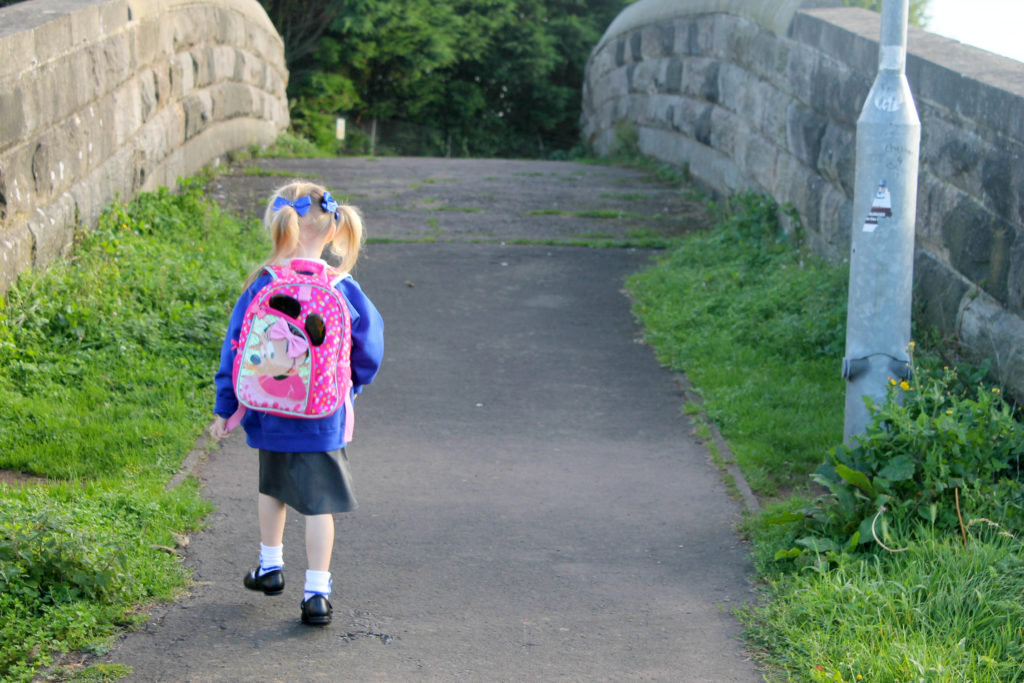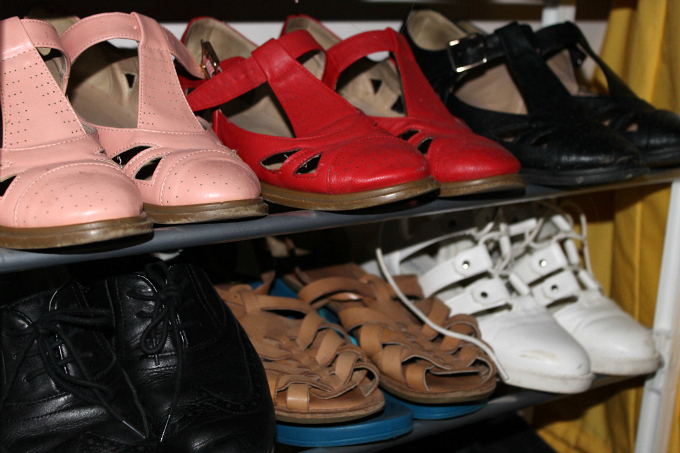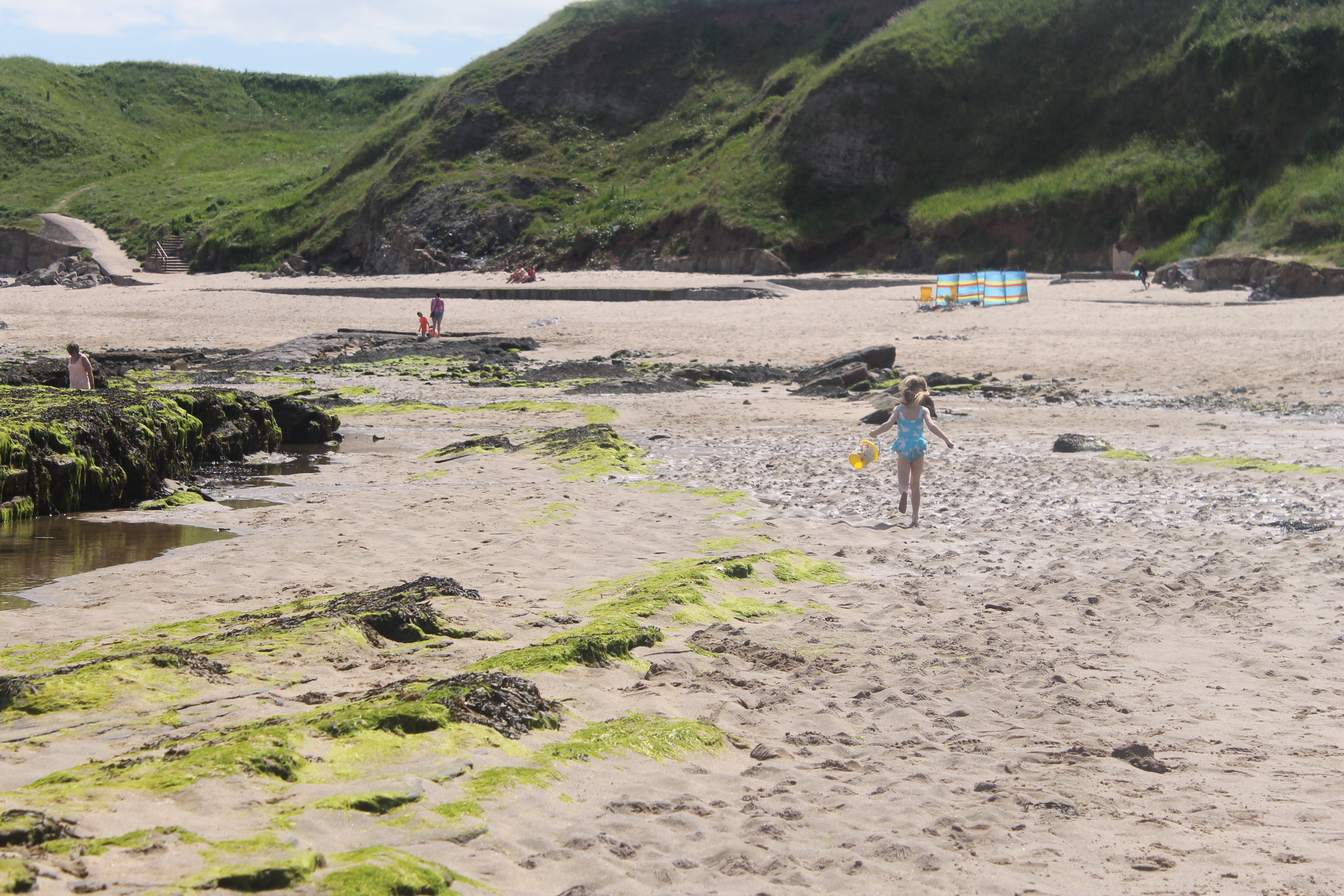
Parenting Content // Children’s Uniforms Through Time*
Every morning I have that battle with LM about putting on her school uniform. She’s too individual to wear the same thing 5 days a week but it’s not something she gets a choice in the matter of. She wears the same school uniform I did when I attended her primary school as although fashion may change, a uniform rarely does. My biggest gripe with them is usually the termly cost, especially for kids who still play outside and paint in class. It gets ruined before the year is out. And this term I had to buy her some new school boots when the weather turned to ice and snow! However wearing an outfit individual to a particular school is not a modern idea. The first noted “uniform” was declared by The Archbishop of Canterbury in 1222 that students had to don a certain robe called a “cappa clausa” and Christ’s Hospital School in Horsham which first opened in 1552 adopted a uniform for its pupils back in the 16th century!
So lets have a look at the changing face of school uniforms and how they compare to what children wear today.

19th Century
In the 1800s, The Elementary Education Act of 1870 made education available to all pupils in England and Wales. This meant that there had to be a school in every town or village and by 1880 all children age 5-10 had to attend primary school. Working class children went to a board school that didn’t require a uniform, however public school pupils did. Wealthy girls attended either boarding school or were taught at home, where boys went to a public or grammar school. Victorian schools were very strict about uniforms. Girls had to wear a blouse under a pinafore and boys wore shorts, blazers and long socks. Unform even extended to how children wore their hair, boys had to have it cut short and girls had to have theirs tied back.
Early 20th Century
By the 1920s even pupils at board schools were required to wear uniforms. However uniforms started to reflect class more than ever and it saw private schools altering their uniforms to get away from the styles of the poorer schools. Girls from rich families wore straw boaters, pleated pinafores, white ankle socks and black dolly shoes. Boys wore stiff collars that folded flat over their jackets and waistcoats, trousers and a tie. Some public schools evem had their boys in top hats and tails just to make the divide even clearer.
1950s, 60s & 70s
The 50s saw leaving school age raised to 15 and introduced the greatest divide in modern education; Grammar Schools and Modern Schools. The uniforms started to look more like what we recognise to day especially with the rise in mix gendered schools and a lot of schools introduced seasonal changes (hello summer school dress!) Regularly girls wore knee length skirts and a blouse with the boys wearing blazers, ties and shirts.
With the huge fashion changes in the 60s and 70s a lot of schools took a more laid back approach to uniforms as teachers struggled to stop new styles infiltraiting their corridors. Girls still had to wear skirts but they could now wear tights, they also started wearing ties and blazers making the uniform slightly more unisex. Boys could now have longer hair.
1980s and Early 90s
Now came the age of customisation. Girls skirts got shorter and everyone liked the short length tie. Blazers and bags were covered in patches and pins. Fashionable shoes became a thing and even trainers were permitted for a time. A lot of schools even permitted jeans, sweatersm polo neck shirts as long as they came in the school colours. However this lax attitude towards uniform didn’t last long.
Today’s Uniform
During my time at school in the 90s, I watched the switch back from the relaxed approach uniform to the more professional image of early uniforms. Although today’s uniforms are a lot more practical than boaters and knee high socks, blazers and everything to have the school badge on appears to be the newest direction. According to the Department of Education uniforms ‘contribute to school ethos, are great value for money, eliminate issues of discrimination, and set the right tone for a schools’ (although in my opinion they should be giving more money to improve schools rather than expecting parents to fork out for uniforms). However there’s definitely more fashion in uniforms today. You can get polo shirts, dress shirts, trousers and jackets that have the ideal uniform-to-fashion balance. Plus, kids go to school in clothing like non-scuff shoes, stain-resistant shirts, slim-fit jackets, and tailored shirts.
Over all, uniforms are still going strong and I can’t see any time where we’ll join the US schools ideal of casual clothes every day. In fact, 95% of pupils from Christ’s Hospital School in Horsham voted to keep their blue and yellow Tudor uniform when given the option!



